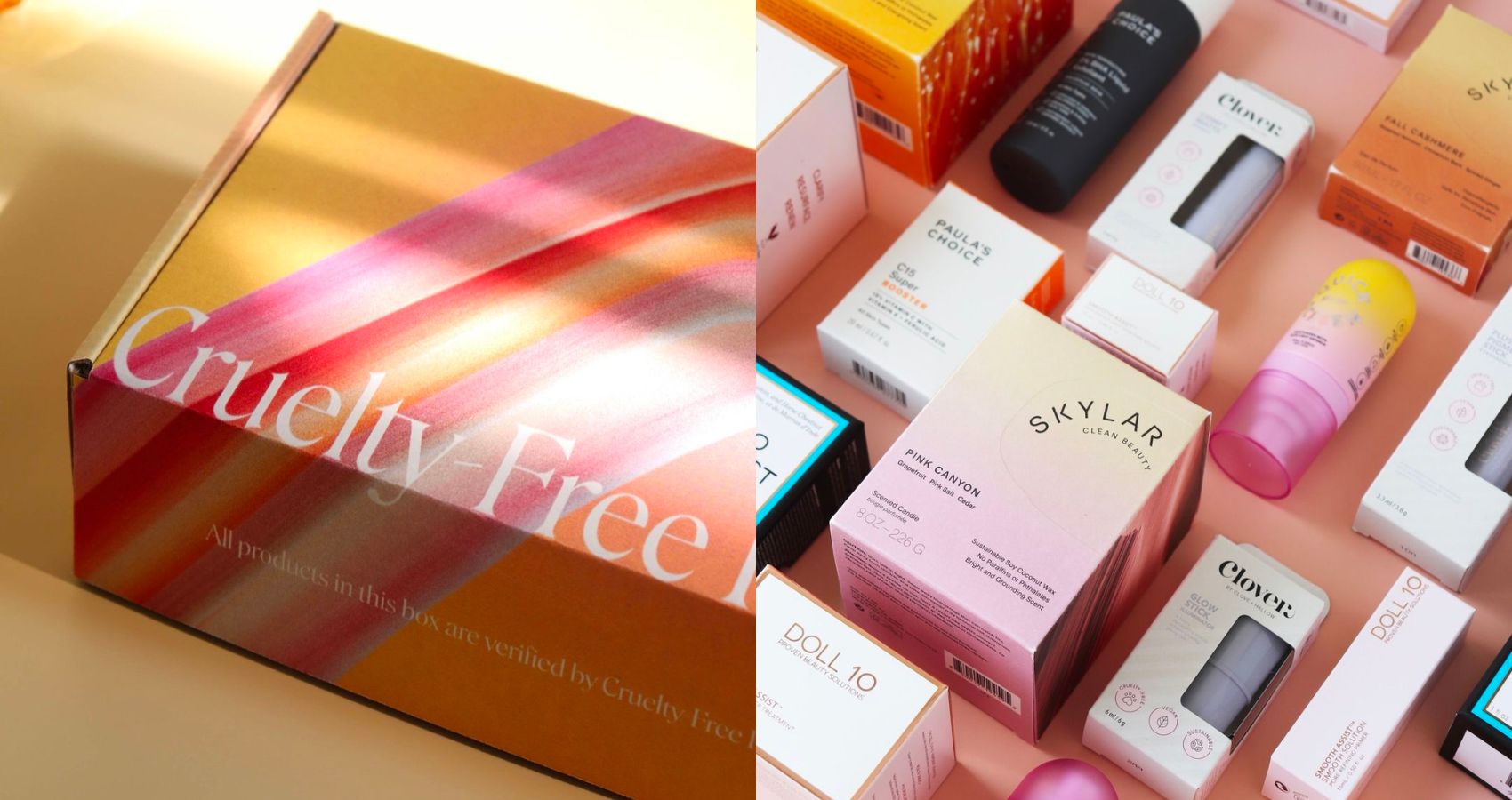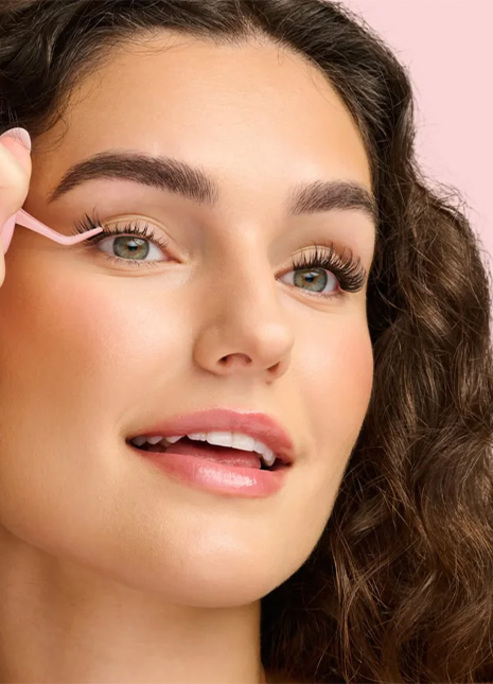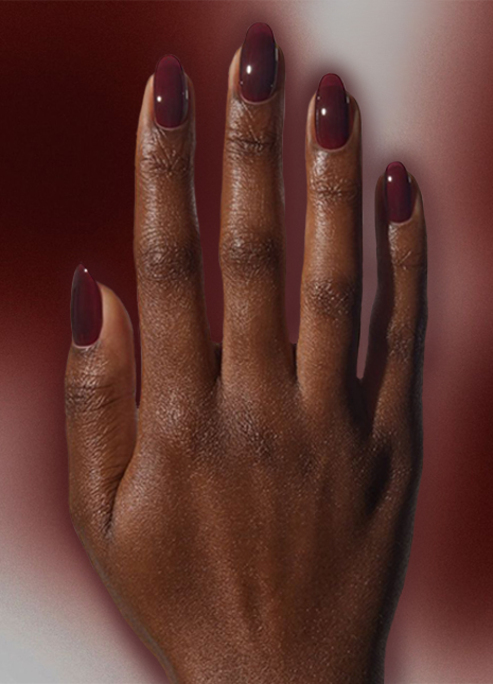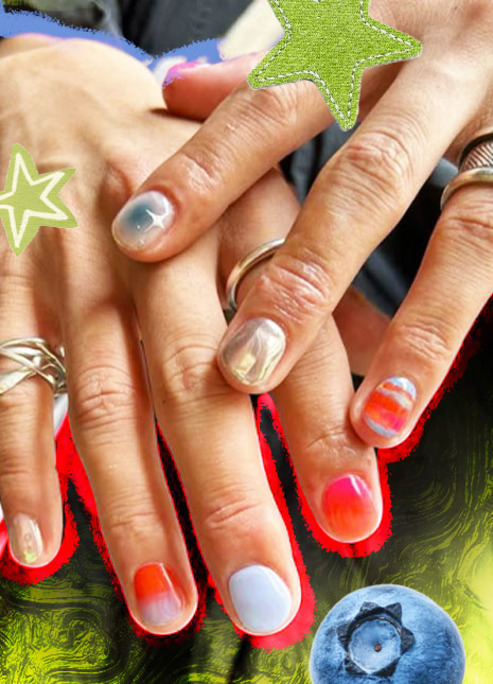
Cruelty-free, Vegan: What's Behind Those Terms?
When beauty cares about animals.
Many of you are increasingly concerned about the composition of your cosmetic products. However, there are many mix-ups between the terms vegan, cruelty-free, and other labels. Let’s dive into the lexicon!
What is a vegan product?
A vegan product does not contain any animal ingredients. This distinction also includes elements of animal origin such as:
- Milk and derivatives: lactic acid, galactose;
- Hive products: honey, propolis, or beeswax;
- Eggs and derivatives.
For years, cosmetic brands have resorted to using animal ingredients in their products. Glycerin (animal fat), collagen (from animal skin, bones, and cartilage), and squalene (harvested from shark livers) are some of the ingredients frequently used.
Luckily, most of these now have natural or synthetic alternatives.
What does cruelty-free mean?
The term cruelty-free means that neither the finished product nor its ingredients have been tested on animals.
Since 2013, cosmetic tests on animals have been prohibited in Europe. But some brands find clever ways to circumvent the law.
Unlike vegan cosmetics, a cruelty-free product can still contain products of animal origin such as honey. So be careful not to confuse cruelty-free with vegan! Likewise, a vegan cosmetic is not necessarily cruelty-free.
How do I know if my cosmetic is vegan and cruelty-free?
First, check the claims on the packaging. If the mentions "Vegan" , and "cruelty-free" are present, that’s good news. Labels on the packaging are an indication as well. The following labels are well-known within the industry: "Cruelty-Free and Vegan" from PETA, and "Leaping Bunny" from the CCIC.
Some retailers put explicit mentions on their products, making it easier for the customers.
Nevertheless, the presence of a label on the packaging is not a complete guarantee of veganism. It’s important to read the ingredient list.
Up next, New Trend Alert, Is Ombre Blush The New Thing?











